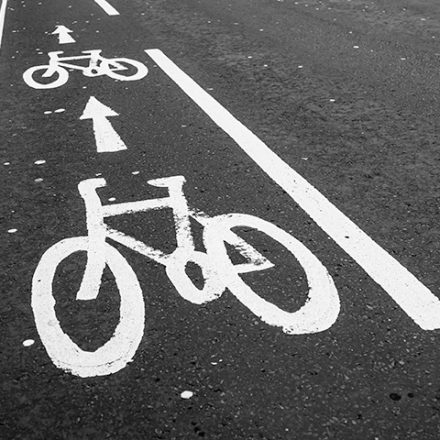Highway Code Changes That Affect Cyclists
The Highway Code was the subject of a series of major changes in early 2022 but worryingly, research by various cycling charities suggests that millions of road users are unaware of their impact.
The Highway Code combines guidelines, rules, legal requirements and advice for all road users in England, Scotland and Wales. Many cycling charities including Cycling UK have called for updates to the Code for many years in the interests of cyclists throughout the country.
The following are the main amendments that have been made which provide further protection to cyclists:
1. Order of Road Users
The updated Code sets a hierarchy of road users which places those most at risk in the event of an accident at the top of the order. Basically, this means that those in charge of vehicles that can cause the greatest harm, which includes cars, lorries and trucks, bear the greatest responsibility to be careful and attempt to reduce danger to cyclists and pedestrians.

2. Giving Way/Shared Spaces
Cyclists should give way to pedestrians on shared use cycle tracks. Also, cyclists who are passing pedestrians or horses should do so at a reasonable speed and distance.

3. Cycling in the Centre of the Lane
The new Code stipulates that cyclists should cycle in the middle of the lane on quiet roads, in slow moving traffic or when approaching junctions or road narrowing’s. The changes state that cyclists should keep a distance of 0.5 metres from the kerb edge when cycling on busy roads. The updated Code confirms that cyclists can ride two abreast and it can be safer to do so when cycling with children and inexperienced cyclists.

4. Safe Passing Distances and Speeds
The Highway Code now stipulates that people driving or riding motorcycles must leave a space of at least 1.5 metres when overtaking cyclists at speeds up to 30 mph.
Cyclists should take care when passing parked vehicles and leave about a door’s width or 1 metre gap to avoid being hit if a car door is open. Cyclists can also pass slow moving or stationery traffic on their right or left and proceed with caution on the approach to junctions.

5. Cycle Lanes and Junctions
The new Code recommends that cyclists use cycle lanes and tracks wherever possible and where they make the journey safer and easier. However, cyclists may exercise their own judgement and are not obliged to use them.
When turning in or out of a junction, cyclists are required to give way to people who are crossing or waiting to cross. If proceeding straight ahead at a junction, cyclists will have priority over road users waiting to turn into or out of side roads.

6. Priority at Roundabouts
The Code has been updated to stipulate that motorists should give priority to cyclists at a roundabout. The new guidance states that drivers or motorcyclists should allow a cyclist to move across their path as they travel across roundabouts and that drivers must take extra care when entering a roundabout to make sure that they do not cut across cyclists in the left-hand lane. Cyclists can also ride in the right-hand lane to move left when approaching their exit.

7. Turning Right on a Bike
Cyclists using junctions where signs and markings tell them to turn right make a two-stage turn.
Firstly, cyclists should go straight ahead to the location marked by a cycle symbol and turn arrow on the road when the traffic lights turn green, and then stop and wait there.
Secondly, when the traffic lights on the far side of the junction turn green, the cyclist should complete the manoeuvre.

The Highway Code
In this guide, learn what’s changed in the Highway Code recently, what you should be doing as a driver, and what you should do if something goes wrong.
If you are involved in a cycling accident, please do not hesitate to contact me on Bradley.Wright@edslaw.co.uk 0208 514 9000.
